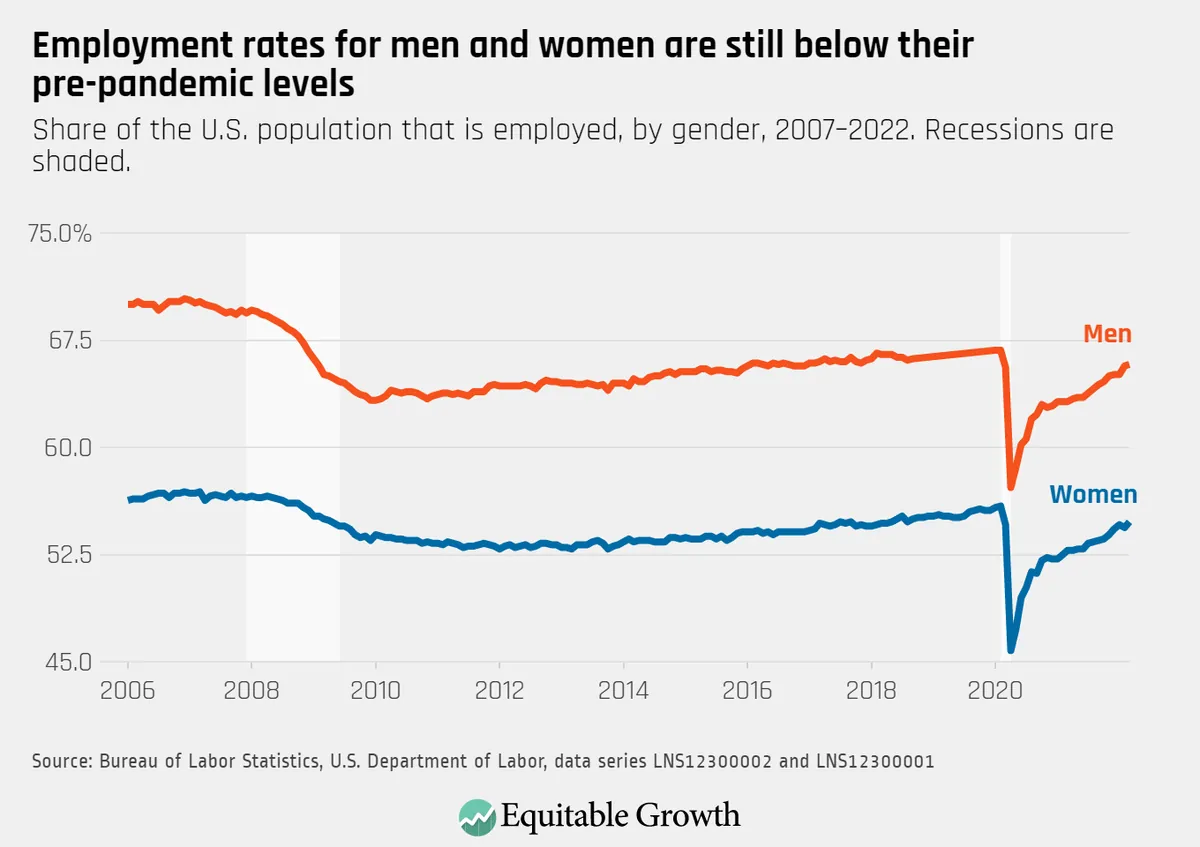U.S. Job Openings Surge Unexpectedly, Signaling Labor Market Resilience
U.S. job openings rose to 8 million in August, defying expectations. The increase, particularly in construction and government sectors, highlights the labor market's continued strength amid economic challenges.

The U.S. labor market demonstrated unexpected resilience in August 2023, with job openings rising to 8 million from 7.7 million in July, according to the latest report from the U.S. Department of Labor. This increase, which surpassed economists' predictions, was particularly notable in the construction sector and state and local government positions.

The construction industry, which contributes approximately 4% to the U.S. GDP, saw a significant uptick in job openings. This trend aligns with the sector's historical importance in economic recovery periods. Similarly, state and local governments, which employ about 13% of the U.S. workforce, also experienced an increase in vacancies.
While job openings rose, the number of Americans quitting their jobs decreased to its lowest level since August 2020. This decline in the quits rate, typically viewed as an indicator of worker confidence, suggests a shift in labor market dynamics. The quits rate is closely monitored by economists as it reflects workers' willingness or ability to change jobs.
The Job Openings and Labor Turnover Survey (JOLTS), conducted by the Bureau of Labor Statistics since December 2000, provides these crucial insights into labor market trends. The recent data paints a complex picture of an economy navigating post-pandemic recovery and inflationary pressures.
The Federal Reserve, established in 1913, has played a pivotal role in managing these economic challenges. In response to inflation peaking at 9.1% in June 2022, the Fed implemented a series of interest rate hikes. These measures have contributed to reducing inflation to 2.5% by August 2023, while the economy has thus far avoided a widely anticipated recession.
Despite the overall resilience, the job market has shown signs of cooling. The average monthly job growth from June to August 2023 was 116,000, the lowest three-month average since mid-2020. This slowdown comes after a period of robust recovery following the COVID-19 pandemic, which had caused unemployment to spike to 14.7% in April 2020.
As the economy continues to evolve, the relationship between job openings and unemployment, known as the Beveridge Curve, remains a focal point for economists. This metric, along with the Phillips Curve, which suggests an inverse relationship between unemployment and inflation, helps policymakers navigate the complex economic landscape.
Looking ahead, economists anticipate the September 2023 jobs report to show an addition of 143,000 jobs, with the unemployment rate holding steady at 4.2%. This projection reflects the ongoing balancing act between economic growth and inflationary pressures.
Robert Frick, an economist with the Navy Federal Credit Union, offered insight into the recent job openings increase:
"Job openings had a big gain, and while these numbers are volatile, it's likely employers see falling interest rates spurring the economy and may want to staff up."
As the U.S. economy, the world's largest with a GDP of about $23 trillion in 2021, continues to navigate these challenges, the labor market's resilience remains a key factor in its overall health and future trajectory.


































